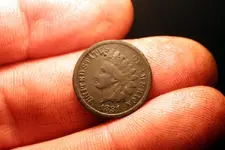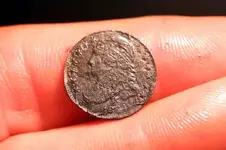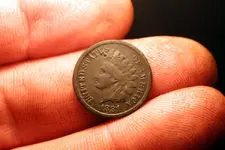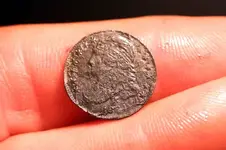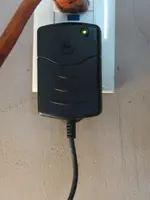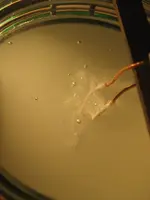ceejay64
Full Member
- Joined
- Apr 16, 2006
- Messages
- 171
- Reaction score
- 0
- Golden Thread
- 0
- Location
- New Hampshire, USA
- Detector(s) used
- BH Pioneer 505
i found these 2 cookies some time ago, and they have been soaking in olive oil for over a year now with little to show for it. they are just slightly larger in circumference than a modern nickle, but much thinner (even with the crust on). i can see no areas of detail to help with an i.d.
if anyone has any thoughts on what they might be or how to more effectively get them cleaned up and out of their cookie prisons, i'd love to hear from you!!
if it's of any assistance, they were both found in NH - one on the grounds of the university in durham and the other in what is now a small park in farmington.
thanks in advance!!
if anyone has any thoughts on what they might be or how to more effectively get them cleaned up and out of their cookie prisons, i'd love to hear from you!!
if it's of any assistance, they were both found in NH - one on the grounds of the university in durham and the other in what is now a small park in farmington.
thanks in advance!!

Attachments
Upvote
0

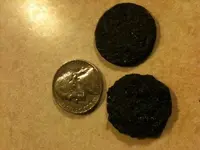

 ? ferrous coins are a rare species
? ferrous coins are a rare species 